
Indigenous reindeer herders are bringing a legal action against a proposed wind power project that would be one of the largest in Norway.
The Sámi herders from Nordland county are accusing the Øyfjellet windfarm constructors of breaking licensing agreements which stipulated that construction would not interfere with reindeer migration paths.
This is not the first such lawsuit in Norway. In the past five years Sámi communities have begun legal actions against the country’s largest onshore windfarms and have appealed to the UN, arguing that the farms violate their territorial and cultural rights.
Oyfjellen locator map
“The Sámi people are not the ones who have contributed the most to climate change, but we seem to be the ones who have to carry its greatest burden,” said Gunn-Britt Retter, the head of the Arctic and environmental unit at the Sámi Council, a non-governmental organisation that represents Sámi people. “That’s not climate justice, that’s climate injustice.”
The number of wind turbines in Norway has quadrupled in the past 10 years, as the country embarked on ambitious plans to switch from fossil fuels to green energy. Many of the onshore projects were built in the northern parts of the country that are home to the largest numbers of Sámi people.
The Sámi are recognised as an indigenous group from Fennoscandia. Their ancestral land, known as Sápmi, stretches across parts of Norway, Sweden, Finland and Russia. Historically, most Sámi people made their livelihoods from fishing and reindeer herding. Although only about 10% of Sámi in Norway are still involved in herding full-time, the practice remains important to Sámi culture and is protected under Norwegian law.
Many Sámi see windfarms as a threat to their ancient cultural practices, as turbines of up to 200 metres tall can stretch for kilometres, and are often built in areas used for reindeer herding.
“Studies and indigenous knowledge show that reindeer don’t go near wind turbines,” said Áslak Holmberg, the vice-chair of the Sámi Council. “These areas are lost from use to the herders.”
Windfarms also necessitate the building of roads and other infrastructure, often in areas that were previously undisturbed by humans. “All these bits and pieces are eating up the land that people in the wider society would call ‘wilderness’ but which is the foundation of our culture,” said Retter.
Pål Gude Gudesen, the lawyer representing the herding district, has said the proposed Øyfjellet windfarm violates the reindeer herding act, by disturbing migration routes.
“If the routes aren’t available or cannot be used, [the herders] will not be able to get the reindeer to or from winter pasture,” Gudesen said. “[This] can lead to necessary reduction of the herd, which will mean that one or several traditional Sámi reindeer herders will no longer have sufficient economic basis for their business.”
In September the court ruled against the reindeer herders and upheld the windfarm’s original licence. The herders have brought the case to the court of appeal, and Gudesen said he expected to hear a ruling in the first quarter of this year. However, he is not optimistic about the result.
“From our client’s point of view, it seems that the government will go far to protect the construction of a wind power plant that has been given concession, and that this trumps the rights of the indigenous people,” he said.
Norway’s electric car drive belies national reliance on fossil fuels
Read more
Holmberg is similarly downbeat. “If you compare the resources of the state to those of a reindeer herding community, they are battling against something much bigger than themselves,” he said. “But I would like to think that there is still some hope to get some good outcomes from the national courts.”
Previously, Tony Christian Tiller, the state secretary at Norway’s energy ministry, has expressed his hope that reindeer and wind turbines will be able to coexist. Speaking of the Øyfjellet case, he stressed the importance of cooperation and communication between the parties.
However, Retter said many Sámi herders were often left dissatisfied after consultations with companies seeking licences to build windfarms on their land. “They [are] not given the opportunity to say no,” Retter said. “They [are] forced into choosing between the lesser of two evils.”
Retter says this makes herders reluctant even to meet energy companies, as they are worried that their meetings will be weaponised against them.
“If you choose to have dialogue they might use that and say, ‘Oh, well we have spoken with the reindeer herders.’ And if you don’t, then you have no say. So it is a hopeless situation,” she said.
A spokesperson for Eolus, the energy company behind the planned windfarm, said: “It is our firm belief that coexistence between the reindeer district and the windfarm is possible … We have signed over 100 voluntary agreements with different stakeholders in connection with the windfarm and would like to find an agreement with the reindeer district as well.
The spokesperson said the company had not breached the license agreements: “We sent them a draft [of the plan] for review and the possibility to suggest changes prior to submitting it to the authorities for approval. Unfortunately, they did not give any opinions. We are willing to find solutions that ensure a safe move of the herd and other compensatory measures to secure the path during the years that winter grazing zone 5 is used. We have used a landscape architect when planning the infrastructure of the windfarm in order to find ways to impact the nature and the landscape as little as possible.”
Retter grew up in the Sámi community of Unjárga-Nesseby in Norway’s far north. She says Norway’s move towards renewable energy has not taken Sámi interests into account, pointing out that the Arctic region – where most Sámi live – has been disproportionately affected by global heating and is now seen as a source of renewable energy, with windfarms, hydropower plants, and mineral mines built in the region.
“It’s a paradox, really,” she said, “you are squeezed between the impact of climate change and the impact of green energy, which is the answer to climate change.”
But with a general election approaching in September and a growing public backlash against onshore wind in Norway, Retter retains some hope that politicians may yet intervene.
“We can’t stop being optimistic, we have to believe that there is justice,” she said. “It’s hopeless for our culture if we’re not optimistic.”








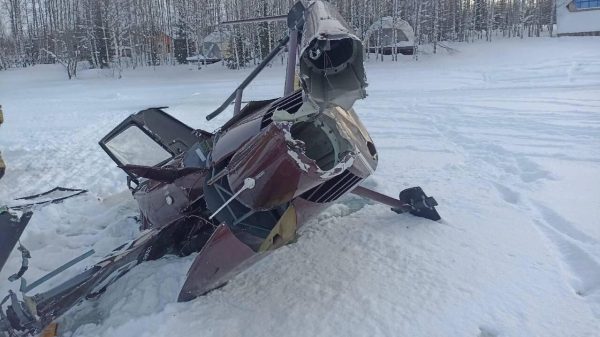



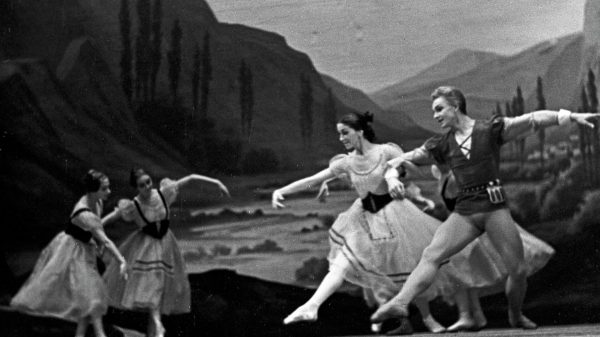


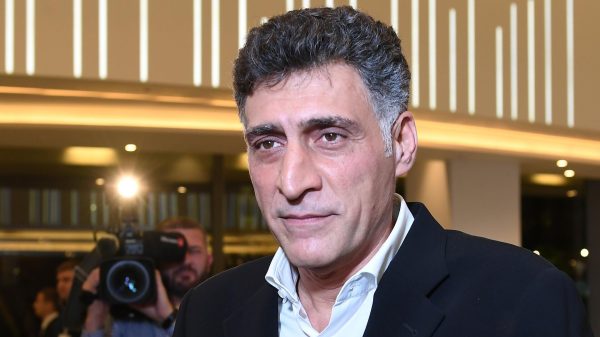



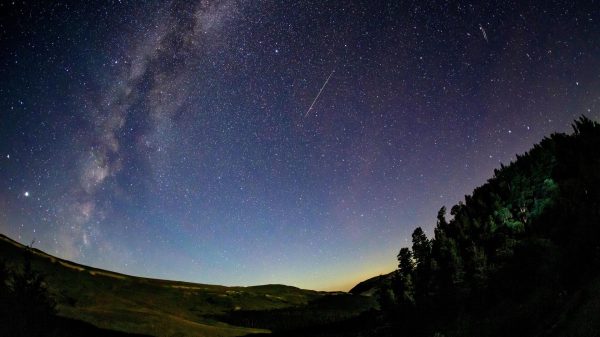







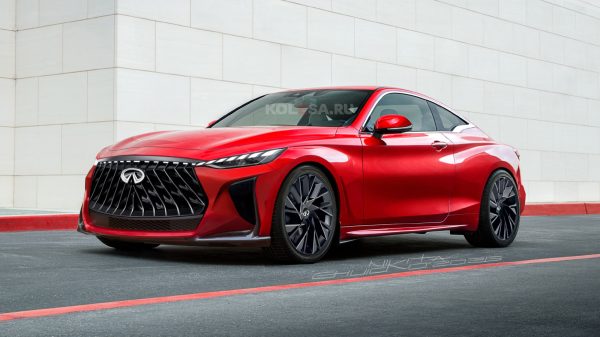

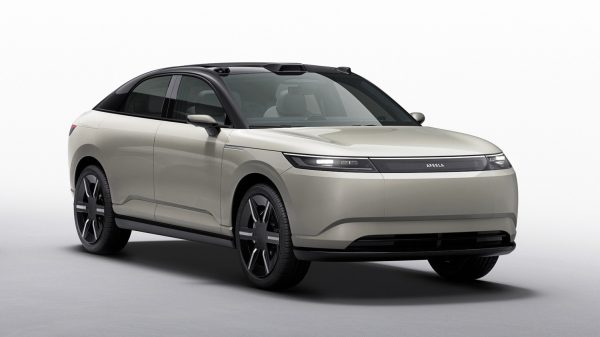

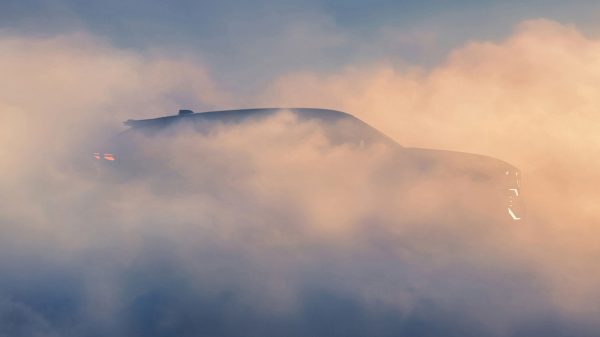


















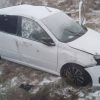
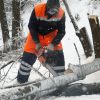





Свежие комментарии